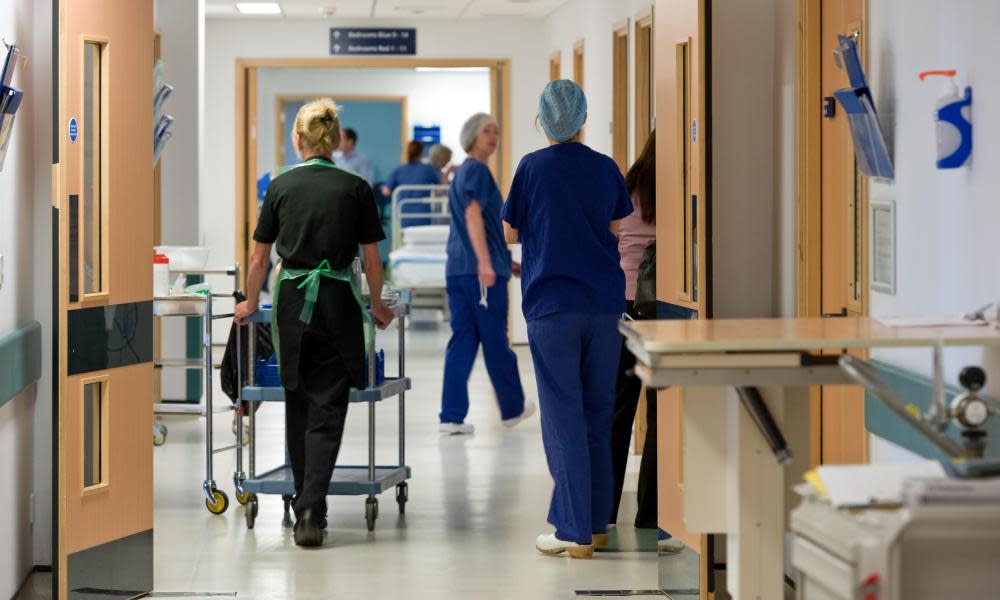The Guardian view on broken hospital promises: too little, too late

When the flat roof of Singlewell primary school in Gravesend, Kent, fell in five years ago, there was no sign of structural stress until 24 hours before it gave way. Luckily it happened at the weekend, and no one was hurt. But the incident had far-reaching consequences. The roof was made of RAAC, which stands for reinforced autoclaved aerated concrete. This was regularly used instead of normal concrete in public buildings in the UK from the 1960s until the mid-1980s, and its lifespan is at an end. The risk that a hospital ceiling could collapse in a similar way has now led to significant reshaping of the government’s hospital rebuilding plans.
An announcement by the health secretary, Steve Barclay, last week set out what these alterations would entail. Five hospitals built from RAAC, in Keighley, King’s Lynn, Huntingdon, Leighton and Surrey, will join the two (West Suffolk and James Paget) that are already on the government’s priority list. All seven projects are to be completed by 2030. Conservative MPs including Michael Gove, who campaigned on behalf of their local hospitals and were thanked by Mr Barclay, will no doubt thank him in return. The increased clarity is overdue and welcome.
But the bigger picture with regard to health infrastructure is deeply concerning. Nigel Edwards, chief executive of the Nuffield Trust thinktank, described a “lost decade of investment”. Some rebuilding plans date back to the middle of the last decade, and have had to be redone due to the Treasury’s insistence on a standardised template and modular construction. There is also a £10bn backlog of maintenance and repairs. Combined with staffing failures and a lack of workforce planning, which have led to a situation in which there are 300,000 vacant posts across health and care, delays to the building programme have contributed to a growing sense that the whole system is close to collapse.
That 40 new hospitals would be built in England by 2040 was a key manifesto pledge by Boris Johnson in 2019 – and one that built on the fantasy that quitting the EU would lead to a health spending bonanza. That pledge was soon modified, as it became clear that projects would include rebuilds and annexes as well as a handful of new hospitals on new sites. Following the release of £3.7bn of capital funding, last year the Infrastructure and Projects Authority boosted the programme’s rating to amber from amber/red. But the £20bn so far committed by ministers is only just over half of the £37bn that is their own estimate of the total cost, at a time when construction costs are spiralling due to rising labour and materials prices (in part because of Brexit).
Hospitals across England that have been bumped off the list of projects are rightly aggrieved. London’s Imperial College healthcare trust is so alarmed about the prospect that a long-planned rebuild of St Mary’s hospital might not begin until after 2030, that it is exploring alternative funding options. The mental health sector has also lost out. Its facilities hardly feature in the programme, despite widespread recognition that they have long been under-resourced. Covid is a partial explanation for current problems, as Mr Barclay said when asked why a long-promised workforce plan has again been delayed. But the latest reshuffle of building projects is also proof of the extent to which 13 years of Conservative government have damaged the NHS.

 Yahoo News
Yahoo News 
